We have had ENOUGH! Last week, we read the bit of our story where Bnei Yisrael (the Jewish people) can’t handle the burden of slavery any more and cry out to God all at once. God hears them and decides to finally help (Exodus 2:23-25).

Garinim (kindergarteners) had some thoughts……
What are some different ways people ask for help?
- Asking with their words like saying to a teacher or a friend, “I need help.”
- In diving you can ask for help by waving your hands.
- By using a sign.
- Sometimes you don’t have to ask for help, like if you’re at the beach there are lifeguards whose job it is to look out for when you might need help and they’ll blow their whistle to tell you to come back before there’s a problem.
- By yelling or screaming or crying.
- Complaining or whining.
What are times when you’ve cried out for help?
- Once when I was about to fall down the stairs I cried out and my mom came fast to help.
- I cried out for help when I couldn’t reach something that I needed.
- When I couldn’t find a snack, my dad helped me.
- One night when I needed to go to sleep but I couldn’t reach my favorite stuffed animal. My dad helped get it for me.
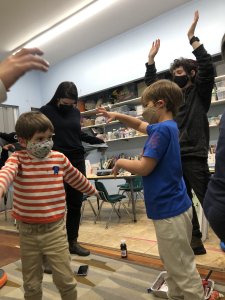
God isn’t going to do all the helping alone, though. God appears to Moshe in a burning bush and tells him that he’s going to lead Bnei Yisrael out of Mitzrayim (Egypt). Moshe is NOT excited about this plan. He finds lots of ways to protest, begging God to please choose someone else. As God reassures him, we learn about the tools Moshe has to accomplish this big, scary task. Moshe’s toolkit includes: his brother Aharon to speak for him, the elders of Bnei Yisrael to approach Pharaoh with him, words to say from God, a staff to perform miracles with, a specific set of miracles to perform, a promise that God will be with him the whole time (Exodus 3:11-17, 4:1-17).
When you have to do a big, scary, difficult job, what tools do you have to help? What’s in your toolkit?
- A friendship toolkit with things like optimism glasses, an I-Statement microphone, and a feelings thermometer.
- My friend, my sister, and a dinosaur.
- A phone to communicate with people if I need help.
- Gemstones for good luck.
- A globe to show me the future so I know what problems are coming up.
- A pencil that can be any color for writing.
- A screwdriver, scissors, and pizza.
- A transporter to take me anywhere, even into books and cartoons.
- A fidget.
- Tools to help me fix things
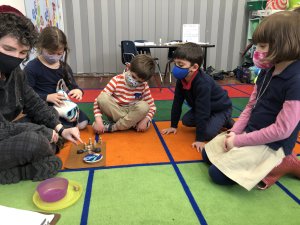
Shorashim (1st and 2nd graders) started out the week pondering whether they felt Tzipporah, Moshe’s wife, was of his people. Kids felt that technically, she wasn’t at first but then when they got married, she was. When asked about how they thought the Ivrim (Hebrews) would feel about Moshe marrying someone who initially wasn’t a part of his people; one student pointed out that we have evidence to support the fact that Miriam and Aharon later express their dislike of Tzipporah but then tzara’at, the white flaky scale skin disease appeared on Miriam’s skin.
On Tuesday, kiddos read Click, Clack, Moo, a silly book about cows who can type! All the cows banded together to ask the farmer for electric blankets but when the farmer turned this down, the cows refused to produce milk.
Learners felt that if it was just one cow making this request, the message would not be as powerful but since it was all of the cows, it made a larger impact on the farmer because he couldn’t sell milk and other dairy products which could affect him financially.
We related this inspired collective action to when Bnei Yisrael’s shouts and cries finally rose up to God which made God take notice of them.
On Wednesday, Shorashim took advantage of the beautiful weather, had text study outside, and went on a “notice walk”. Kids were challenged to find something that was changing, something very beautiful but very small, and something they could change. The “notice walk” was inspired by Moshe’s experience with the burning bush. When Moshe was shepherding his flock in the desert, he came across a burning bush. It was so holy and marvelous that Moshe had to stop everything that he was doing and pay attention to it. Kiddos pointed out so many things but here are some snippets:
Things that change:
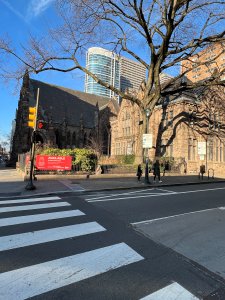
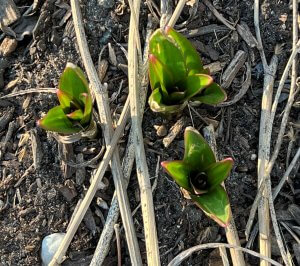
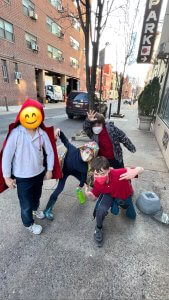
Things that we can change:

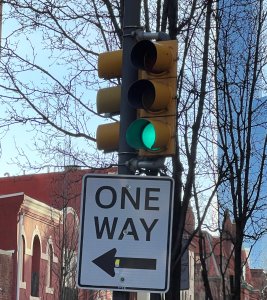
Things that are beautiful:


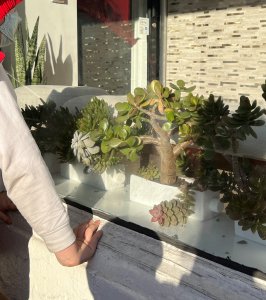
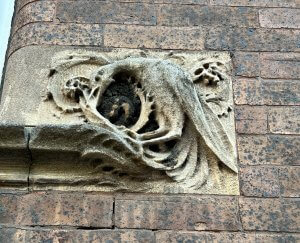

Kiddos said that it was difficult to see small beautiful things because you had to take your time and pay close attention. One kiddo also wished that there were guidelines for what was considered beautiful.
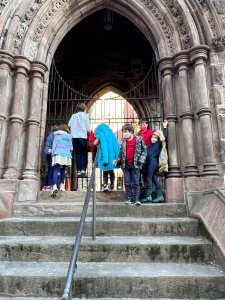
We sat on the benches by 21st & Market and read the text when God tells Moshe that he needs to free Bnei Yisrael.
Kiddos reaction to the text was the following:
- God was being really rude
- God is really powerful
- God could have at least said please
We then asked kids if someone had ever given them a task that felt too hard? Many kids related to this. To combat this situation, kidds brainstormed strategies that can help when we feel like a task is just too hard:
- Invent a robot to help clean up
- Break tasks into smaller parts
One learner came up with a thought provoking question: If God is an entity, not a person, how can God ask someone to do something? Because god doesn’t know what it’s like to be a person.
What do you think?
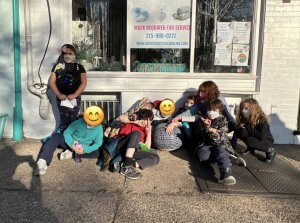
Nitzanim (3rd-5th graders) continues onward with the story of Moshe; this week we follow what happens soon after he flees Mitzrayim (Egypt). Our kiddos have been loving using their shoe-puppets to recap events in the story before diving into what’s next! To understand how the characters connect to each other a bit more, learners put together a portion of Moshe’s family tree. We discussed how Moshe’s family is a mix of faiths and ethnicities and wondered how mapping out Moshe’s family tree influenced the story.
Here are some reflections:
- It gives more context to the story.
- It’s cool that they’re not all Ivrim (Hebrews).
- Did Tziporrah (Moshe’s wife) even want to marry Moshe?
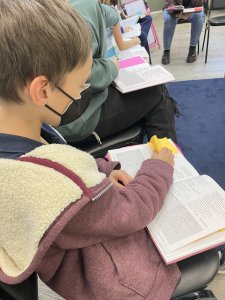
We were inspired by the name of Moshe and Tzipporah’s child, Gershom, which loosely translates to “a stranger in a foreign land.” We connected this to our on-going discussions about neighbors and strangers and how we can make strangers feel more welcome. Learners talked about how we can respond to and support homeless people we see everyday, before writing “Notes of Hope” to send to an organization called Project Home that serves Philadelphia’s unhoused population.
Using natural building blocks, Nitzanim explored the part of the story in which God hears B’nei Yisrael’s collective crying or moaning under the bondage of slavery. What can a collective cry look like? How does it reach God? Kiddos came up with some cool interpretations:
- A tall tower with a small human-like figure on top and a collection of pieces at the bottom to represent the voices of Bnei Yisrael reaching God.
- Moving wooden disk-like pieces to represent the sound waves of Bnei Yisrael calling out
As we study Moshe’s encounter with the burning bush in which God appears to Moshe as an angel/messenger, we took a walk to Rittenhouse to collect some sticks and build our own interpretation of what this might look like! Next week, we will pick up this project and we can’t wait to see how it turns out.


We’re so excited to see what’s in store for next week. Also, Purim is coming up! Teachers are busy brainstorming ways to make Jewish Enrichment at SILLY as possible.
